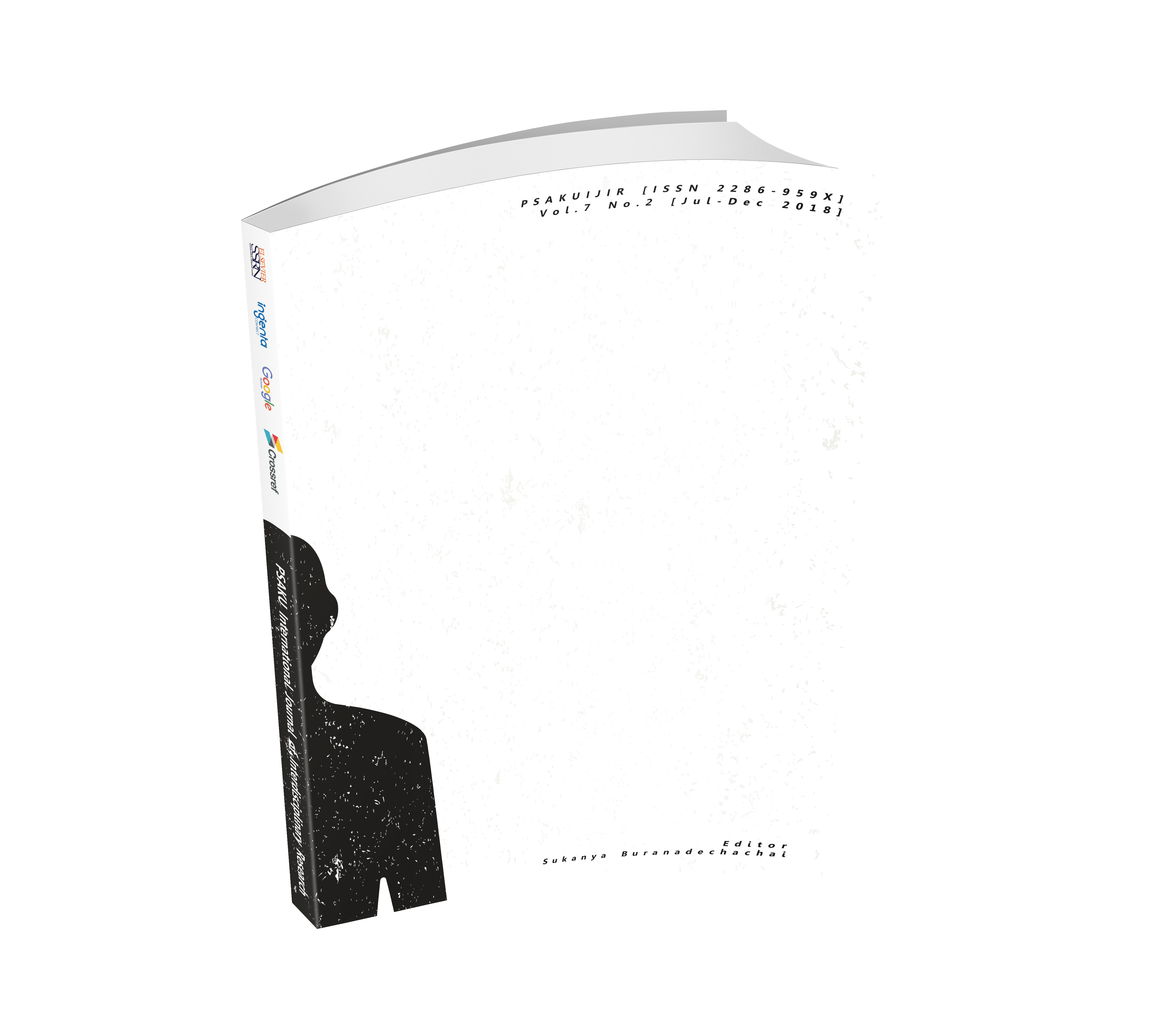Process of Mon Ethnic Identity Construction: A Case Study in Ban Wangka, Thailand
Keywords:
Identity Construction, Mon Ethnic Group, ProcessAbstract
This study aims to investigate the process of Mon ethnic identity construction in Ban Wangka, Nong Lu Sub-district, Sangkhlaburi District, Kanchanaburi Province in the present context reflecting directly the phenomena in the Mon ethnic group. Qualitative research method was employed and anthropological research method was applied. Data were collected from related literature; data from the field were collected through in-depth interviews, and participant and non-participant observations in “personal” and “public” spaces. Content analysis and triangulation were performed with the data. The study found that the “Mon” is an ethnic group in Southeast Asia, and presently dispersed in the Republic of the Union of Myanmar and Thailand. Their immigration to Thailand could be seen since the ancient kingdom, to Ban Wangka in 1948 mostly from Mawlamyine, the Republic of the Union of Myanmar; the reason for immigration was mainly political. The process of their identity construction resulted from economic and social interactions in the multicultural society at the Thailand-Myanmar border. As a result, the ethnic boundary has been built through selection of cultural differences as symbols and making the past serve the present. For example, they dress in the Mon style, invented the culture to serve the present so as to have cultural identity, and they have chosen to define their Mon self with Thai-ness, that is “a Mon Body with a Thai Heart” to be accepted by the Thai State.
Downloads












.png)


